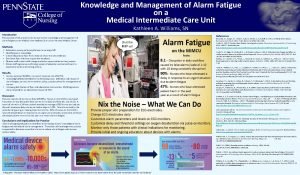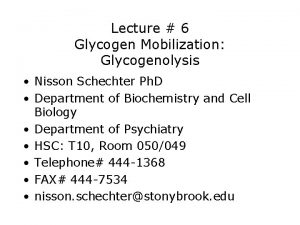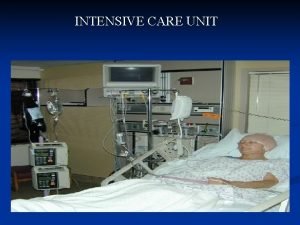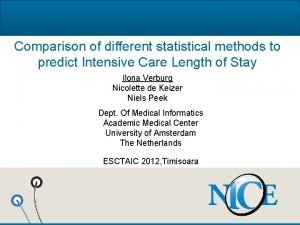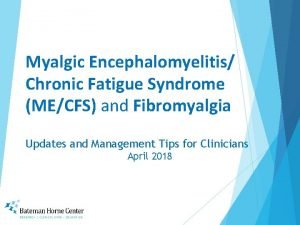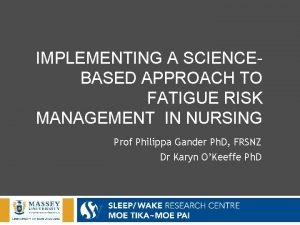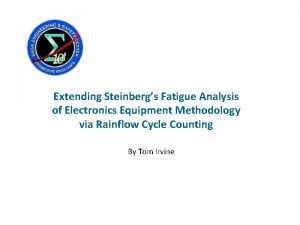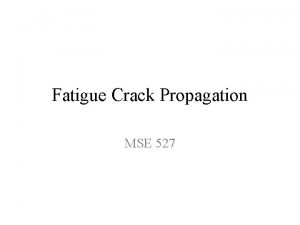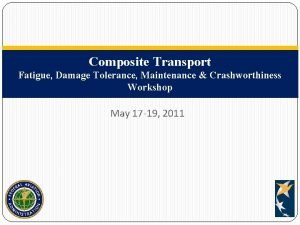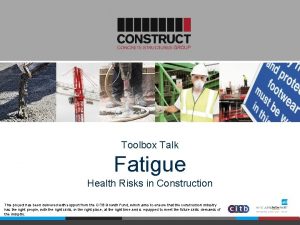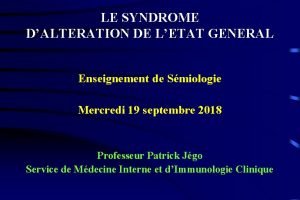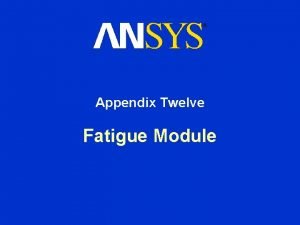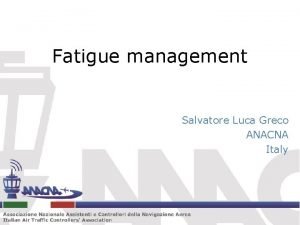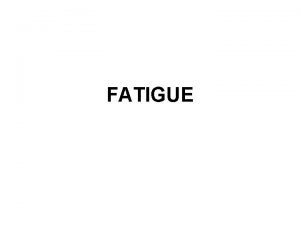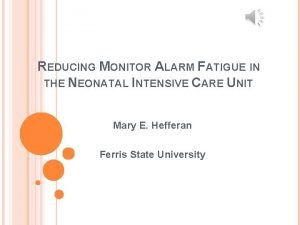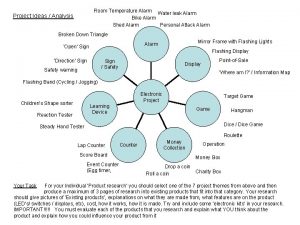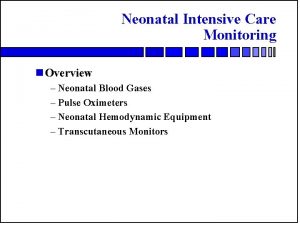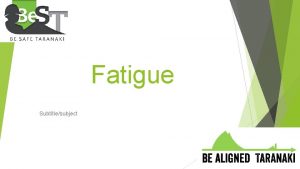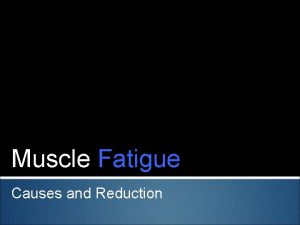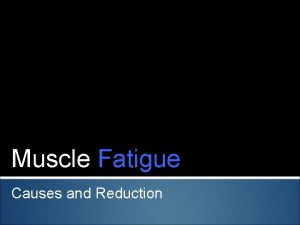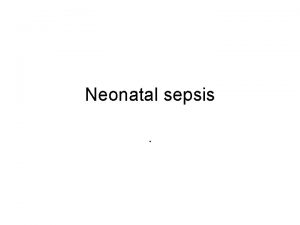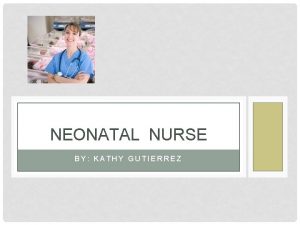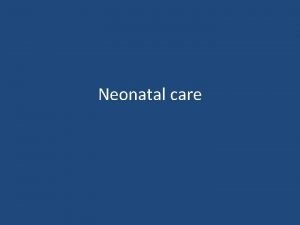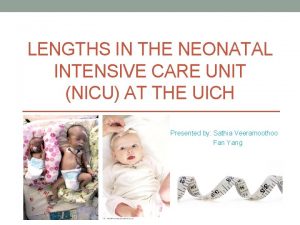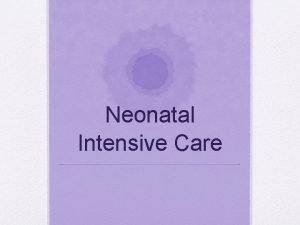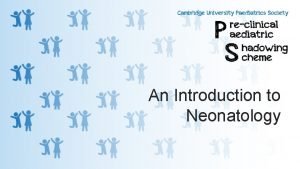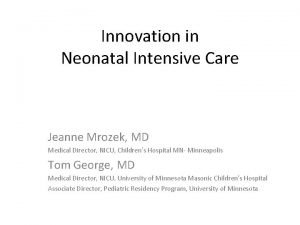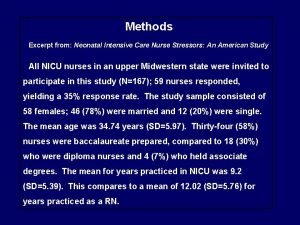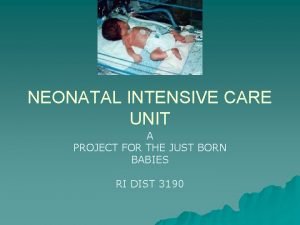Reducing Alarm Fatigue in the Neonatal Intensive Care






















- Slides: 22

Reducing Alarm Fatigue in the Neonatal Intensive Care Unit Kelli Pirruccello, BSN, RN

Background § Monitoring systems are intended to increase patient safety in the hospital setting by quickly alerting caregivers to patients’ distress; thereby, facilitating a timely response and, if necessary, timely intervention. § The first physiologic monitoring system was developed in 1960 and was utilized to monitor heart rhythms at Bethany Hospital in Kansas City, Kansas. It was equipped with an alarm which would alert caregivers to cardiac arrest although resuscitation efforts at the time were usually not effective (Hannibal, 2011).

Background § Much of the equipment including monitors, ventilators, feeding pumps and intravenous infusion pumps, and incubators, which are used in the Neonatal Intensive Care Unit (NICU), will give alarms or alerts for various reasons. § Some of these alarms are essential to maintaining patient and staff safety. All of these alarms and alerts do not always require action by a caregiver.

Alarm Fatigue “Frequent alarm signals and caregiver desensitization to alarms which leads to a delayed or absent response to alarms, resulting in compromised patient safety. ”

Nuisance Alarms False and non-urgent alarms which do not require a response from the nurse.

Significance Focus of a recent Sentinel Event Alert issued by The Joint Commission. § Cites 98 alarm-related events, occurring between January of 2009 and June of 2012, within The Joint Commission’s sentinel event database. § 80 deaths occurred § 13 resulted in permanent loss of function § 5 required additional care and hospitalization (The Joint Commission, 2013). § Alarm fatigue identified as the most common contributing factor in these alarm related events. §

Clinical Problem § Addressing alarm fatigue in the NICU is difficult due to the uniqueness of the patient population. § Delicate quality of patients’ skin § Warm humid environment of incubators § Frequent patient movement § Dramatic differences in the condition of patients within a unit § Rapidly changing knowledge base of neonatology

Purpose The primary purpose of this project was to explore nurses’ perceptions regarding alarm fatigue, and to improve NICU caregivers understanding of alarm fatigue with an education program to reduce the risk of alarm fatigue and enhance the culture of safety in the NICU.

Design § Descriptive, exploratory design. § The study utilized an anonymous survey tool developed by the researchers to explore nurses’ perception and knowledge of alarm fatigue and whether it exists in the NICU.

Instrumentation § Twenty-one question survey measured their perceptions using a Likert scale from 1 to 5 § Qualitative data – § Individual decision-making process when responding to clinical alarms § Strategies to prevent alarm fatigue



§ Cognitive Continuum Theory seeks to find a balance between the decision-making modes of analysis and intuition § Quasi-rationality § CCT used to help identify which modes of cognition are used by nurses § which clinical alarms require response § what response is required § how clinical alarms are prioritized

Sample and Setting § Convenience sampling § RNs in level III NICU at Methodist Women’s Hospital § Work at least one twelve hour shift per week § Demographic data: § Age Group § Years of Experience § Shift (Day or Night)

Education Program Use of ECG Electrodes § Use of Pulseoximeters § Troubleshooting §

Demographics Pre-Education Survey N-29 Usual Shift Years of Experience 18 16 Years of Experience 14 12 38% Days Nights 62% 10 8 6 4 2 0 1 -5 years 6 -10 years 11 -20 years 21+ years

Demographics Post-Education Survey § 3 participants § 2 day shift § 1 night shift § 2 with 1 -5 years of experience § 1 with 6 -10 years of experience

Results Pre-Education Survey Post-Education Survey § 97%- alarms were frequent in the NICU (n=28) § 100%- alarms were frequent in the NICU (n=3) § 79% (n=23) felt that nuisance alarms were frequent in the NICU § 67% (n=2) stated that nuisance alarms are frequent in the NICU § 83%- nuisance alarms affect parent satisfaction § 67%- nuisance alarms affect parent satisfaction § 76%- had seen other nurses ignore alarms § 100%- had seen other nurses ignore alarms § 66%- claimed to have ignored alarms § 67%- claimed to have ignored alarms

Discussion Comparison difficult due to large difference in sample sizes § Results were similar- some slight differences § Number of alarms answered per hour varied § Depended on the acuity of the patients § Used both specific knowledge of infant history and visual and auditory signals to decide response (CCT) § Do not feel like there is a desensitization to alarms § Negative affect on parent satisfaction §

Practical Improvements in NICU § Need to reinforce education to decrease nuisance alarms § Electrodes are being placed correctly § Stocking the correct size of pulseoximeters for our patients

Study Limitations Small sample size § Only looked at perceptions § Acuity of patients on different floors §

Future Studies Study collecting quantitative data on actual number of alarms in the NICU § Larger sample size § Greater awareness of the problem of alarm fatigue §
 Alarm fatigue definition
Alarm fatigue definition Uridine diphosphate glucose
Uridine diphosphate glucose Information about carbohydrates
Information about carbohydrates Reducing vs. non-reducing sugars
Reducing vs. non-reducing sugars Reducing sugar
Reducing sugar Primary secondary and tertiary care
Primary secondary and tertiary care Concept of intensive care unit
Concept of intensive care unit Intensive care units
Intensive care units Fibromyalgia vs chronic fatigue
Fibromyalgia vs chronic fatigue Fatigue risk management system template
Fatigue risk management system template Fatigue toolbox talk
Fatigue toolbox talk Steinberg fatigue
Steinberg fatigue Fatigue crack
Fatigue crack Fatigue and damage tolerance course
Fatigue and damage tolerance course Fatigue test
Fatigue test Fatigue management toolbox talk
Fatigue management toolbox talk Maigreur constitutionnelle
Maigreur constitutionnelle 30m sprint fatigue test
30m sprint fatigue test Cfr 26 subpart i
Cfr 26 subpart i Appendix
Appendix Defination of fatigue
Defination of fatigue Fatigue risk assessment matrix
Fatigue risk assessment matrix Beach mark fatigue
Beach mark fatigue
